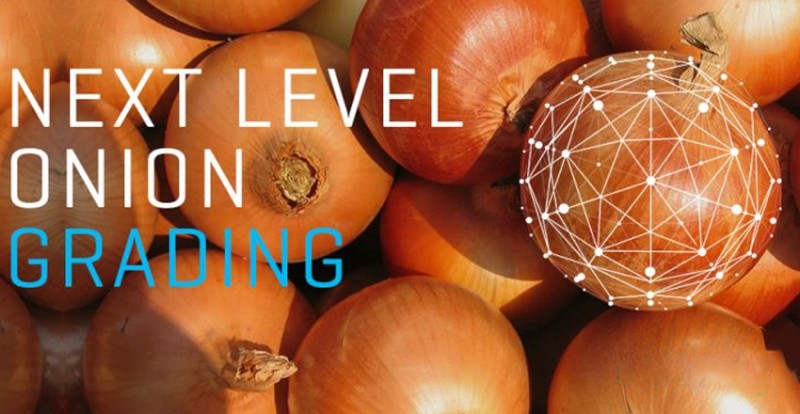
The Indian government has announced plans to implement AI-powered warehouses to tackle the prevalent issue of onions rotting during storage. An estimated annual wastage of Rs. 11,000 crore occurs due to approximately one-fourth of rabi onions, planted during winter, spoiling in traditional storage facilities, as stated by two officials.
To address this problem, the government intends to introduce AI-based warehouses, aiming to reduce total wastage by about 5%. These warehouses will be equipped with AI-based sensors to provide real-time data on stored onions. The initiative, set to kick off in March, plans to utilize IoT (Internet of Things) to collect specific information for farmers, including dryness levels and the percentage of rot in the onions.
Officials highlight that farmers will receive detailed insights, even identifying which onion among a batch of 100 is showing signs of spoilage. This technological advancement will also aid the government in maintaining its buffer stock of onions, crucial for stabilizing retail prices during periods of increased demand.
The Consumer Affairs Department and NCCF (National Cooperative Consumers Federation) have not yet responded to queries regarding the government's plan for AI-based onion storage facilities.
The initial AI-based storage facility is scheduled to be established in Nashik, supported by the National Cooperative Consumers Federation. Future plans include setting up similar facilities in Bheed, Latur, and other onion-producing regions such as Madhya Pradesh and Karnataka.
The pilot phase aims to establish around 100 AI-based storage facilities across onion-growing states, with future expansion plans to add approximately 500 centers over the next three years, according to officials.
While the exact expenditure for this project remains undisclosed, officials assure that it will be cost-effective. Onions, being highly perishable and coupled with inadequate processing facilities and storage infrastructure, incur significant post-harvest losses. Despite the rabi variety having a longer shelf life of 5-7 months, it still faces challenges due to existing conditions.
In contrast, kharif and late kharif onion varieties, sown during summers, have a shelf life of merely a month and are highly perishable. Typically, rabi onions are harvested in April-May and sold in June-July, while kharif harvesting occurs in October-November.
This initiative isn't the government's first attempt to combat onion wastage in storage facilities. Earlier efforts in March involved plans to irradiate onions with gamma rays before storage, with hopes of reducing post-harvest losses from 25% to 10-12%.
India stands as the world's second-largest onion producer, cultivating about 1.4 million hectares and averaging an annual production of 24 million tonnes. However, onion production in India dropped to 30.2 million tonnes in 2022-23 from 31.7 million tonnes in the preceding year.
Maharashtra contributes around 43% of India's onion production, with the Ministry of Agriculture and Farmers Welfare reporting Maharashtra producing 5.32 million tonnes of onions in 2020-21, followed by Karnataka at approximately 3.3 million tonnes and Madhya Pradesh at about 3.87 million tonnes.
India's Fuel Demand Surges to 7-Month High in December
Fastest-Growing Major Economy: India's Projected GDP Growth for FY 2023-24
India Set to Expand Mandatory Quality Standards, Piyush Goyal Makes Plans